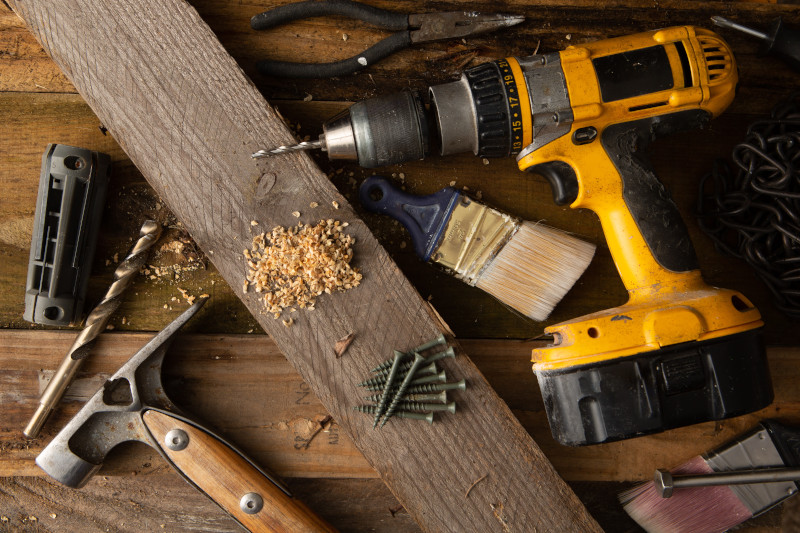If structures containing asbestos are damaged or disturbed, asbestos dust and fibers can be released into the air and endanger the lives of those who come into contact with these materials. Therefore, proper testing for asbestos is critical if you are planning a remodel or if you have a popcorn ceiling or older building materials that become damaged.
First Things First
If you suspect asbestos contamination in an area in your home or business, follow these precautions until you get the materials tested for asbestos.
- Don’t sweep or vacuum or disturb any debris you may suspect contain asbestos
- Don’t remove debris, dust, or pieces of the structure you suspect contain asbestos
- Keep children and pets out of the area
- Limit activity in the area
Testing for Asbestos
The asbestos testing process includes an inspection to identify areas where asbestos is suspected and analysis of any samples that are discovered or obtained. Additionally, post-removal air testing is used to provide peace of mind that the asbestos abatement was done thoroughly with no lingering dust or debris. By having your property tested for asbestos, you will have a better idea of what class of work will be required.
Types of Asbestos Work
There are several types of asbestos work. Each class of work has a different hazard level based on the processes involved and the type of asbestos-containing material. Each class also has its own specific set of educational requirements.
Class I
Class I is considered the most hazardous type of asbestos abatement work because the types of materials that need to be removed are likely brittle or damaged. This includes thermal system insulation for pipes and ducts, materials used for surfaces such as decorative plaster on walls or ceilings; acoustic material on walls, ceilings, or decking; and fireproofing material on structures.
Class II
This type of work involves abatement of less dangerous asbestos-containing materials that are considered non-friable (not brittle or damaged), assuming the materials are in good condition. This might include floor and ceiling tiles, linoleum, or roofing shingles.
Class III
Class III work is the maintenance or repair of asbestos-containing materials with regulations about how much asbestos-containing materials can be removed. This class of work will involve the development of a long-term plan for the care and use of the material/structure as opposed to the removal of any material.
Class IV
This type of work is the least hazardous type of work and consists mainly of janitorial work where nothing is disturbed. The main concern when performing work considered Class IV is accidental damage of asbestos materials. In this situation, the Class IV worker will respond immediately and according to the care and management plan that is in place.
Asbestos Testing Services with ProKleen
Improper or delayed action in removing asbestos, especially damaged asbestos-containing structures, can result in exposure to toxic dust and debris that may have harmful effects on the health of everyone who lives, works or plays in the area. Call ProKleen if you suspect asbestos in your home or business and would like to schedule an asbestos testing appointment.

